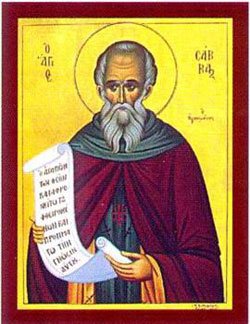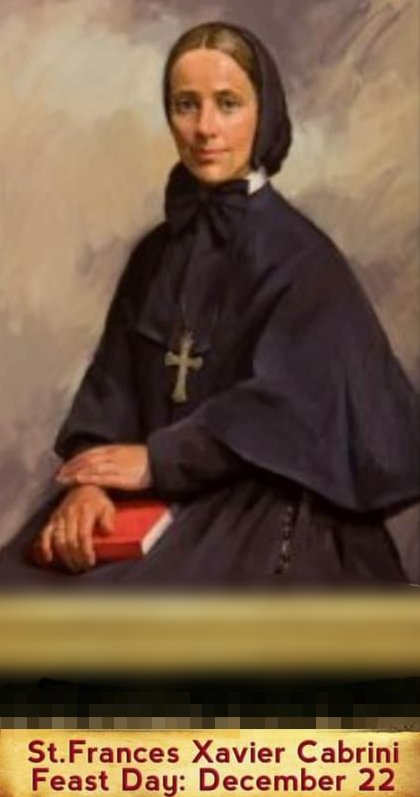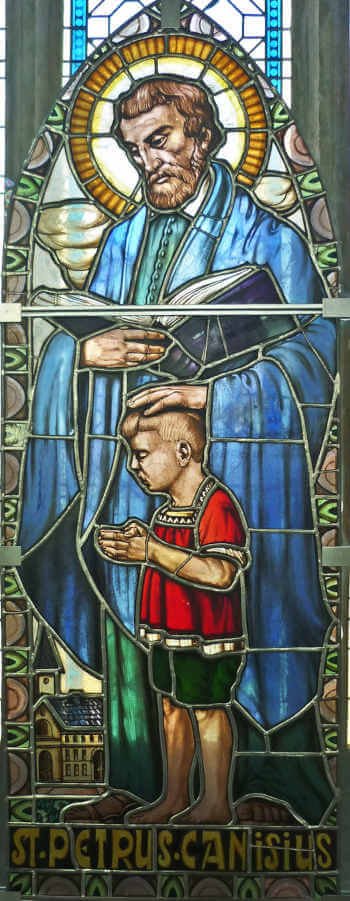
John 1:5
December 4, 2021
Psalm 95:6
December 5, 2021FEAST OF SAINT SABAS
FEAST DAY – 5th DECEMBER
St Sabas was born the son of John, a military commander, and Sophia, at Moutalaske near Caesarea of Cappadocia. Journeying to Alexandria on military matters, his parents left their five-year-old son in the care of an uncle. When the boy reached eight years of age, he entered the nearby monastery of Bishop Flavian of Antioch. The gifted child quickly learned to read and became an expert on the Holy Scriptures. Sabas resisted his parents’ pressure to return to the world and enter into marriage. When he was 17 years old he received monastic tonsure and subsequently spent ten years at the monastery of Bishop Flavian.
Sabas then went to Jerusalem, and from there to the monastery of Saint Euthymius the Great. But Euthymius sent Sabas to Abba Theoctistus, the head of a nearby monastery with a strict cenobitic rule. Sabas lived in obedience at this monastery until the age of thirty. After the death of the Elder Theoctistus, his successor blessed Sabas to seclude himself in a cave. On Saturdays, however, he left his hermitage and came to the monastery, where he participated in divine services and ate with the brethren. After a certain time Sabas received permission not to leave his hermitage at all, and he lived in isolation in the cave for five years.
Euthymius attentively directed the life of the young monk, and seeing his spiritual maturity, he began to take him to the wilderness with him. They set out each January 14 and remained there until Palm Sunday. Euthymius called Sabas a child-elder, and encouraged him to grow in the monastic virtues. When Euthymius died (c. 473), Sabas withdrew from the lavra (a cluster of cells or caves for hermits, with a church and sometimes a refectory at the center) and moved to a cave near the monastery of St Gerasimus of the Jordan.
After several years, disciples began to gather around Sabas, seeking the monastic life. As the number of monks increased, the Great Lavra sprang up. The traditional dating of the founding of this lavra in the Kidron Valley, south of Jerusalem, is 484. Because some of his monks opposed his rule and demanded a priest as their abbot, the opposition continued and he withdrew to the New Lavra which he had built near Thekoa. In the lavras the young monks lived a cenobitic life, but the elders a semi-eremitical one, each in his own hut within the precincts of the lavra, attending only the solemn church services.
As a supporter of the Chalcedonian creed and strenuous opponent of the Monophysites and the Origenists, he tried to influence the emperors against them by calling personally on Emperor Anastasios I at Constantinople in 511 and on Justinian I in 531. Sabas founded several more monasteries. It is claimed that many miracles took place through the prayers of Sabas: at the lavra a spring of water welled up, during a time of drought they received abundant rain, and there were also healings of the sick and the possessed.
Patriarch Salustius of Jerusalem ordained him in 491 and appointed him archimandrite of all the monasteries in Palaestina Prima in 494. Sabas composed the first monastic rule of church services, the so-called Jerusalem Typikon, for guidance of all the Byzantine monasteries. He died in the year 532. His feast day is on 5th December. Sabas’ relics were taken by Crusaders in the 12th century as a result of the War of Saint Sabas and remained in Italy in the Church of Saint Anthony in Venice, until Pope Paul VI returned them to the monastery in 1965 as a gesture of good will towards the Orthodox.
His Great Lavra long continued to be the most influential monastery in those parts, and produced several distinguished monks, among them St John of Damascus. It is now known as the monastery of Mar Saba. The church of San Saba in Rome is dedicated to him. The San Saba River in Texas, and other features in the area, are named after Sabas; it was so called because Juan Antonio Bustillo y Ceballos discovered the river on St. Sabas’ day, 5th December 1732, and named it Río de San Sabá de las Nueces (“River of Saint Sabas of the Walnuts”).
PRAYER
Jesus, Almighty King of kings, You Who obeyed your Father to the end, teach us, like Saint Sabas, the virtue of obedience. Our soul burns to comply to your Will, striving to charm your Divinity. While our worldly nature seeks one way, our spiritual nature seeks another.
Realizing the role that the Lord had in store for him, Saint Sabas gave all that he had to those in his charge, leading many future saints to the Lord. Today, on the feast of Saint Sabas, we pray to emulate both his obedience and faith.
Bless us with the strength to obey, that our soul may subdue both natures, blending them as a fair aromatic bloom. We always seek favour in your eyes, to always obey you until our last breath. Amen

St. Sabas, brave abbot who fearlessly slept with lions and cared for the monastic communities of the Church—pray for us!




